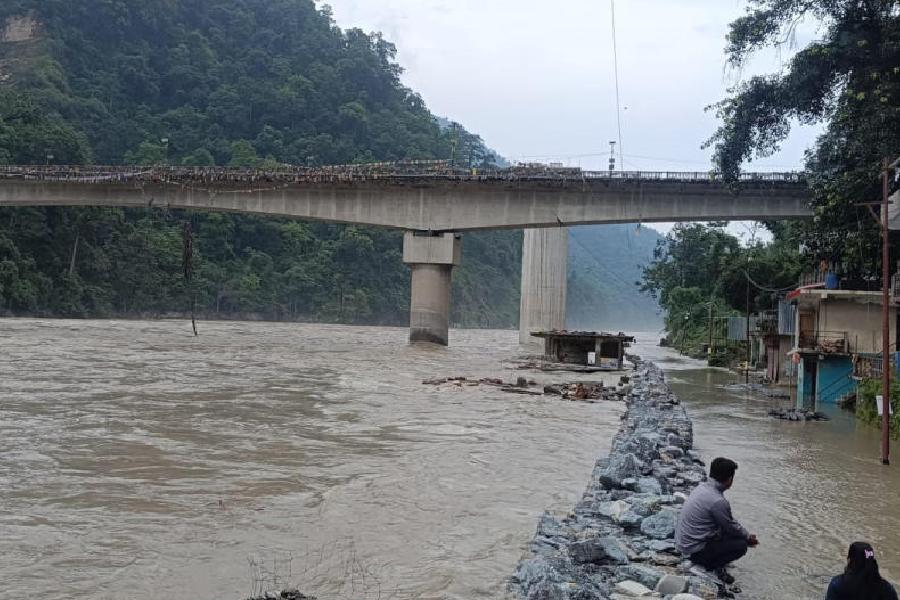Sikkim chief minister P.S Tamang (Golay) has said his government is losing a revenue of around ₹100 crore everyday because of the closure of NH10, considered as the lifeline of the mountain state.
The highway connects Sikkim and Kalimpong with Siliguri and the rest of the country. Because of intense monsoonal rainfall, there have been landslides and cave-ins at multiple locations of the highway.
As a result, the Kalimpong district administration has halted traffic along a major stretch of the highway. The vehicles bound for different locations of the state and in the neighbouring Kalimpong district from Siliguri and vice-versa, are taking detours.
“As NH10 has closed down, traffic to Sikkim has been affected. It is also taking a toll on the state’s economy and we are losing ₹100 crores everyday as SGST (the state’s share of goods and services tax),” Tamang said.
Tamang, who had recently been to Delhi, met Prime Minister Narendra Modi, home minister Amit Shah, defence minister Rajnath Singh and Union minister of road transport and highways Nitin Gadkari.
“The problem (of landslides and cave-ins on NH10) is old. I have apprised the PM and other central ministers of the importance of the highway and requested them to resolve the problem. Along with common people, the defence forces also use the highway and I have requested them for an early intervention and solution,” added Tamang.
Sikkim, a Himalayan state, is strategically important as it sits on the Indo-Sino border and is located close to the Siliguri corridor or the “chicken’s neck,” the slimmest part of the Indian subcontinent.
Like Tamang, the MPs from Sikkim and also Raju Bista, the Darjeeling MP, have flagged the issue and want central agencies to handle maintenance of the highway.
“The Union ministry of road transport and highways have held a meeting with officials of Sikkim and Bengal for early restoration of the highway. Not only Sikkim, it also connects Kalimpong and Darjeeling districts,” said the chief minister.
He said because of the flash flood last year, the Teesta river bed increased by eight to 10 metres at many locations of Sikkim.











